Core differences between Paddleball vs Pickleball: court, paddle, and ball
To appreciate the essence of pickleball compared to paddleball, it’s essential to delve into the foundational aspects: the court dimensions, equipment specifications, and the balls used in play. Understanding these differences can enhance gameplay experiences and ensure that those with previous paddleball experience have a solid grasp of what to expect on the pickleball court.
Court transitions: trading walls for the "kitchen"
The court size and layout are perhaps the most immediately noticeable differences between the two sports. A standard pickleball court measures 20 feet wide and 44 feet long, akin to a badminton court. In plaza-style play, it features a crucial non-volley zone, commonly referred to as the “kitchen,” which extends 7 feet from the net. Here, players cannot volley the ball without it having bounced first, changing the dynamics of volleying and strategy, especially in defensive scenarios.
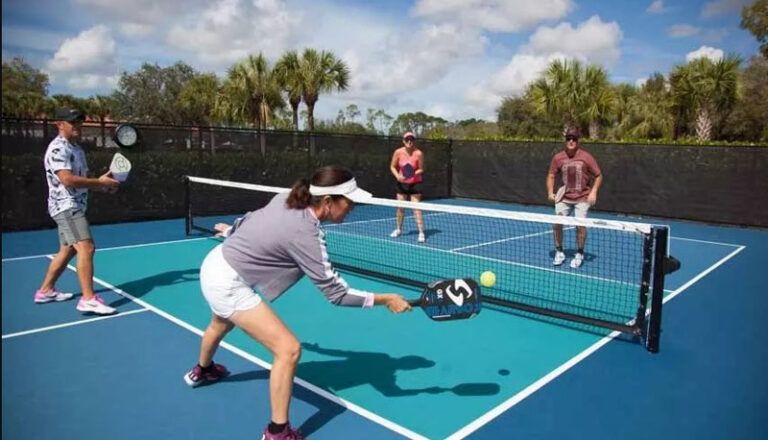
In contrast, paddleball courts significantly differ, some measuring up to 50 feet long and incorporating three walls, allowing players to utilize reflections in their shots. This factor adds depth, not just in gameplay but in strategy, as players are often forced to consider multiple angles when returning shots. The net is also lower in paddleball, standing at 31 inches, allowing for a playing style that often relies on power and quick reflexes, as the shorter court dimensions necessitate fast ball movement.
The strategic implications arising from the kitchen's existence cannot be overstated. Players must plan their positioning and shot placements much more carefully. The “kitchen” not only serves as a physical barrier but also introduces a significant tactical dimension to the game. Unlike in paddleball, where using the walls can lead to complicated maneuvers, in pickleball, success often hinges on the ability to control the game tempo and make astute placements that prevent the opponent from capitalizing on openings.
Paddle adaptation: adjusting grip and sweet spot
Transitioning from one sport to another also involves a careful consideration of the equipment you’ll be using. The paddles in pickleball are generally larger than those in paddleball, typically measuring around 16 inches long and 8 inches wide. They are made from solid materials like wood, composite, or graphite and do not feature holes, which affects how players engage with the ball.
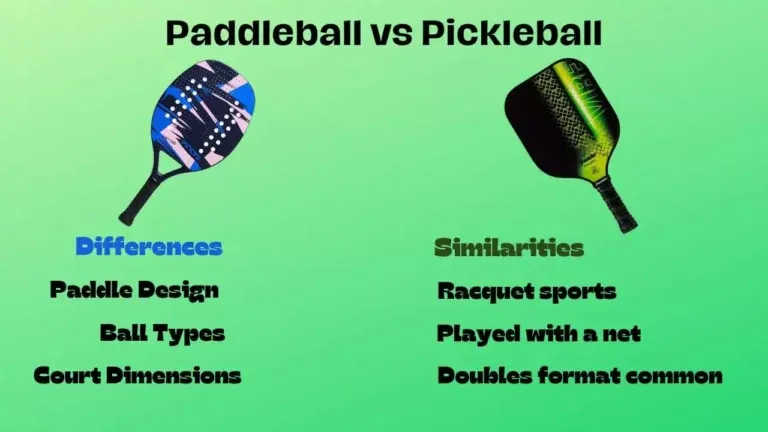
Paddleball paddles stand at about 18.5 inches long and 9.5 inches wide, often constructed from rubber or solid composites with holes designed to reduce air resistance. This design lets players employ aggressive shots with minimal effort, whereas pickleball paddles facilitate a more controlled playstyle that emphasizes placement over power.
Choosing the right pickleball paddle depends significantly on one’s paddleball experience. Players accustomed to the faster-paced, more power-oriented style of paddleball might need to adjust their grip and refine their shots with a more controlled approach when adapting to the less intense tempo of pickleball. Understanding the sweet spot on the paddle and how different grips can enhance control will be vital in making this transition smoother.
Ball dynamics: from rubber bounce to wiffle flight
The balls used in pickleball and paddleball also differ fundamentally, with significant implications for how players approach their game. Pickleball players use a lightweight, perforated plastic ball that somewhat resembles a wiffle ball. Its unique design impacts speed, bounce, and spin potential, allowing for much more deliberate shots and a strategic game populated by softer touches and finesse.
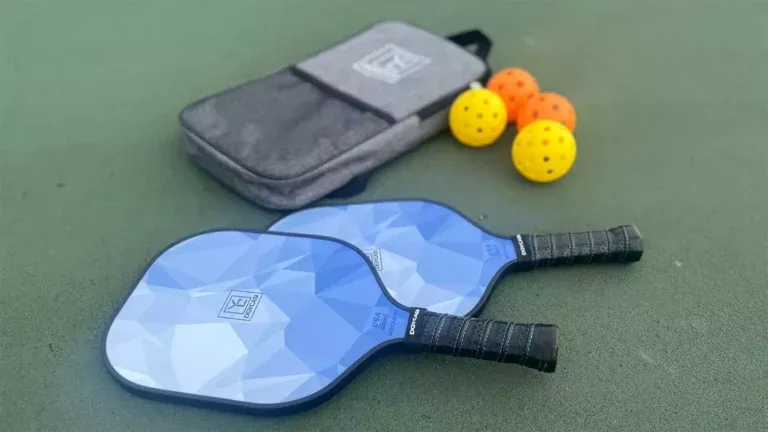
Conversely, paddleball employs heavier rubber balls that can lead to quick, explosive shots, demanding quick reflexes and fast-paced play. The weight differential means that paddleball players must adapt to the new bounciness and trajectory of the pickleball, requiring them to rethink their shot selection and power application.
This understanding of the two balls creates an awareness of how to anticipate movement patterns, timing, and trajectory adjustments in pickleball. The spin potential of a lightweight, perforated ball presents a fascinating challenge: players must learn to read ball dynamics on the fly to gain an advantage over their opponents, making adaptability a critical component of success in this sport.
Bridging the skill gap: what transfers, what adapts
As you transition from paddleball to pickleball, there exists an exciting opportunity to bridge the existing skill gap. While the two games differ in many respects, they also offer significant overlapping skills that players can leverage. Understanding what skills translate well or require adaptation can help ease the transition and contribute to a better overall experience on the court.
Skill transferability: leveraging agility, reflexes, and strategy
The hand-eye coordination, quick reflexes, and strategic thinking developed in paddleball are invaluable in pickleball. Both sports demand a high degree of spatial awareness and the ability to read opponents’ movements, making these critical skills highly transferable. With experience in fast-paced exchanges, paddleball players can leverage their agility to gain a competitive edge in pickleball scenarios.
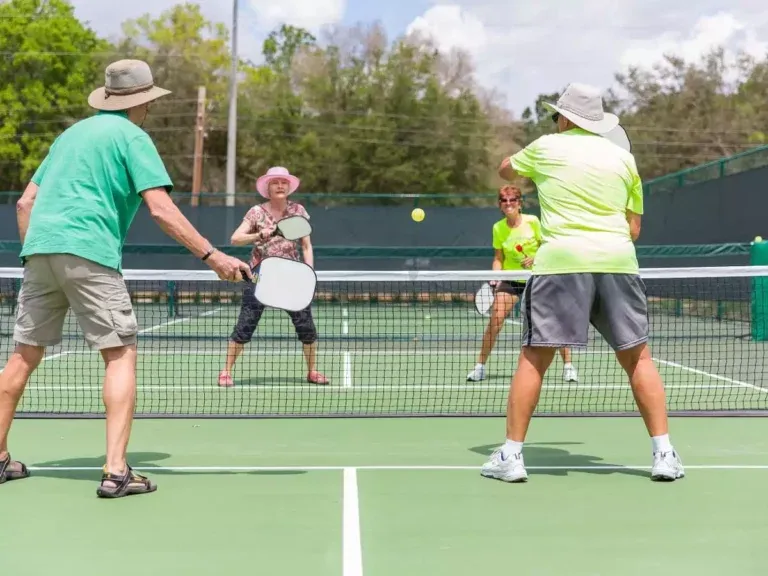
However, players must recognize certain areas that may require adaptation, such as the required shot placement and the strategic positioning dynamic introduced by the kitchen. It’s a shift from reacting to shots off the walls to anticipating and positioning oneself effectively in a court-based scenario. Thus, while the core skills serve as a useful foundation, reaching proficiency in pickleball will entail a learning curve as players adapt to its unique strategic demands.
In speaking with seasoned players who have navigated the transition, many report overcoming initial challenges with patience and determination. Their journeys provide rich anecdotes that illustrate how the experiences of one sport can seamlessly enhance performance in the other, making the adjustment feel rewarding rather than daunting.
Scoring system deconstructed: mastering the two-bounce rule and pickleball lingo
Understanding the scoring system between paddleball and pickleball is another pivotal aspect that can significantly impact gameplay experiences. In pickleball, players follow a unique scoring structure where only the serving team can earn points; games are usually played to either 11 or 21 points with a requirement to win by at least two points. The presence of the “two-bounce rule” mandates that the ball must bounce once on each side before volleys can occur, changing how rallies develop and necessitating a strategy centered around patience and placement.
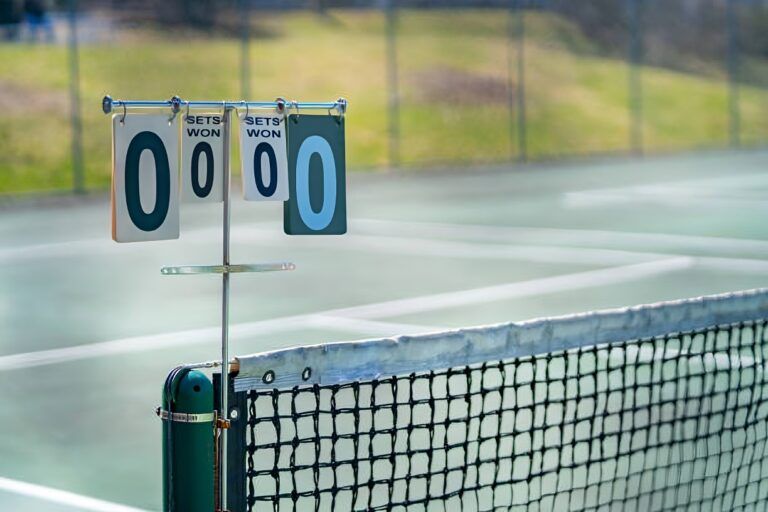
On the contrary, paddleball allows points to be earned by either player and employs a traditional scoring sequence reminiscent of tennis, counting points in a sequence of 15, 30, 40. There exists no corresponding two-bounce rule, making the game’s flow quite different. This aspect could take paddleball players some time to adapt to, as they familiarize themselves with pickleball’s unique scoring lingo, such as understanding faults, rallies, and specific terminology essential for effective communication on the court.
Visualizing the difference in scoring methodologies helps clarify the adjustment process. For players accustomed to the quick, adaptive nature of paddleball, understanding the importance of patience and maintaining control during rallies in pickleball becomes crucial. While both sports are competitive, the pace and strategy involved in scoring present distinct challenges to newcomers.
Embracing the mental shift: from reactive to strategic
Transitioning from paddleball to pickleball isn’t just a physical change. It often requires a complete shift in mindset and gameplay strategy. While both sports have competitive elements, their approaches to gameplay necessitate different mental frameworks and tactical awareness.
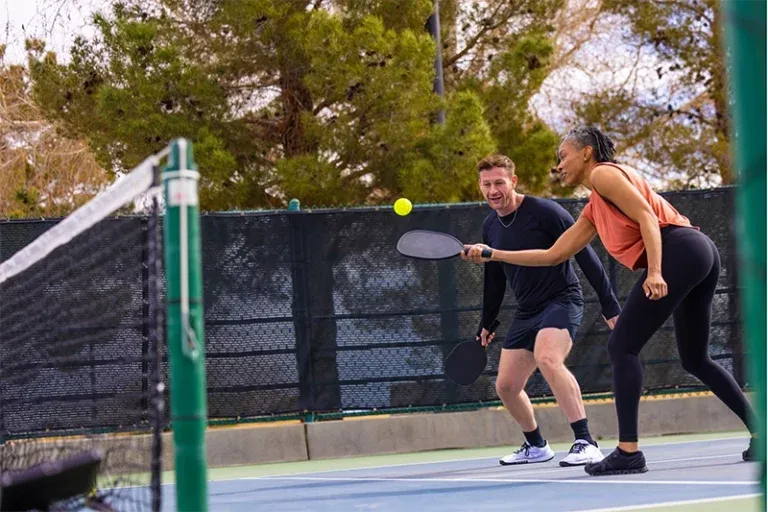
Pace adjustment: slowing down to speed up your game
The mental adjustment in pacing is one of the most significant challenges faced by paddleball players entering the world of pickleball. Paddleball’s inherently fast-paced gameplay thrives on quick exchanges and reactive shots. In contrast, pickleball emphasizes a more reflective pace, where shot selection and court positioning take precedence. In this environment, players are encouraged to master dinking, soft shots that allow them to control the pace and placement of rallies effectively.
Instead of striving to overpower opponents, pickleball players must learn how to strategically place shots that induce mistakes or limit their opponents' options. This subtler approach requires understanding the court’s dynamics, particularly how you can utilize the kitchen and placement to create openings.
Successful players often share stories of their transition, underscoring the importance of patience and reflection in adjusting to this new rhythm. Those who master the deliberate pace and focus on shot selection will find success far beyond mere power, amplifying their enjoyment of the sport and building a deep appreciation for its strategic depths.
Doubles dynamics: communication and positioning on a new playing field
Embracing the dynamics of doubles play in pickleball introduces another layer of complexity. Unlike in paddleball, where players often enjoy a solitary experience, the cooperative nature of doubles in pickleball highlights the importance of communication and coordinated strategy. Players must be adept at discussing and planning positioning, particularly in relation to the kitchen, where a solid understanding of roles and responsibilities is vital.
Concepts like “stacking” and “poaching” become significant in doubles dynamics, as partners work together to anticipate each other's movements and leverage their strengths on the court. The kitchen further influences positioning, making it essential that teams coordinate effectively to dominate this space and prevent their opponents from capitalizing on advantageous opportunities.
Sharing anecdotes about fruitful partnerships in pickleball can serve to underscore the importance of collaboration and community. Players often find not just thrilling competition in doubles but also rewarding camaraderie, as they develop meaningful connections throughout the game’s progression.
Finding your pickleball tribe: courts, clubs, and community
To truly embrace the joy of pickleball, players coming from paddleball backgrounds must tap into the organization and essence of its vibrant community. Connecting with others not only enhances gameplay but also fosters friendships and a sense of belonging.
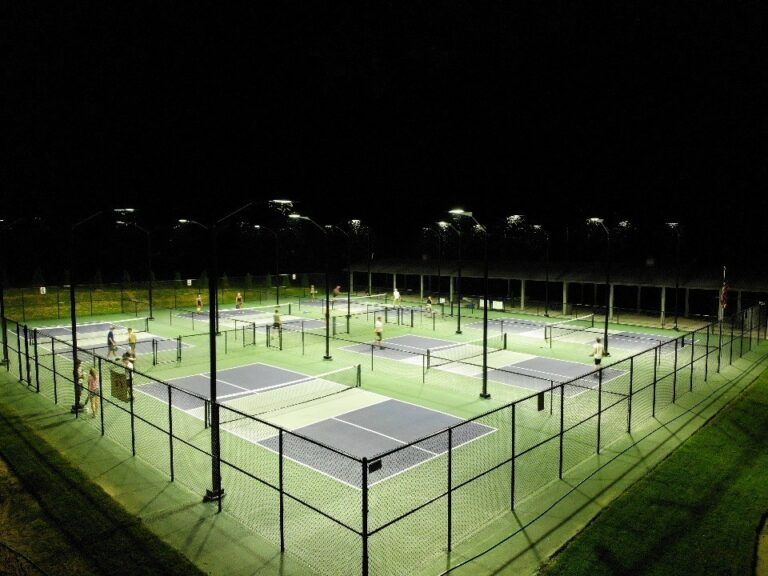
From paddleball courts to pickleball hubs: where to play
Exploring the landscape of pickleball courts and clubs is a rewarding experience. Finding places to play can facilitate not just practice but also the opportunity to engage with other players, helping newcomers adjust to the game’s social elements. Community centers, dedicated pickleball clubs, and local leagues often host regular games and provide environments for players of all skill levels to thrive.
Leveraging online resources can help players track nearby courts, clubs, and league information tailored to their geographic location. Community engagement can be as simple as showing up at a designated court and finding a local group eager to welcome new participants.
Pickleball etiquette and culture: a welcoming and social scene
The essence of the pickleball community is rooted in its welcoming atmosphere, exemplified through shared experiences and an emphasis on sportsmanship. Knowledge of pickleball etiquette, such as recognizing fellow players, demonstrating patience during play, and respecting others is key to becoming an integrated member of this environment.
Sharing personal anecdotes about winning matches or learning from defeats can help illustrate the community’s character. Navigating the social landscape of pickleball may introduce players to friendly competitions, potential lifelong friends, and a culture that eagerly embraces newcomers with open arms.
Leveling up your game: advanced pickleball skills and resources
As players grow into their pickleball journey, there arises the opportunity to refine skills and explore advanced techniques. However, the initial steps require a commitment to understanding and mastering foundational concepts that propel players to new heights.
Beyond the basics: mastering the erne, drops, and the soft game
To elevate one’s game, mastering advanced techniques is paramount. Concepts like the erne serve, third-shot drop, and proficiency in dinking can dramatically influence a player’s effectiveness on the court. Resources, such as instructional videos and clinics, offer invaluable insights into refining these skills.
Enlist the help of seasoned players, coaches, or online tutorials that can provide step-by-step guidance in mastering the finesse of each technique. Committing to a practice schedule and focusing on specific skill areas ensures consistent growth while inspiring confidence in gameplay.
From local courts to pro tours: exploring the world of competitive pickleball
The world of competitive pickleball presents unparalleled opportunities for players aiming to take their skills to a higher level. Tournaments and leagues such as the Professional Pickleball Association (PPA) Tour and the Major League Pickleball series attract enthusiasts from various backgrounds, creating a rich tapestry of competition and camaraderie.
Staying informed about local tournaments and engaging with the competitive pickleball community can also enhance motivation and enable players to set personal goals. Even for those unfamiliar with competitive settings, entering local leagues provides tremendous experiences and insights into gameplay that enhance overall skills.
Conclusion
Embarking on the journey from paddleball to pickleball opens new avenues of challenge and enjoyment. While the differences between the two sports may initially seem daunting, the transferable skills, strategic adaptations, and the welcoming and vibrant pickleball community provide ample opportunities for growth. The transition introduces excitement and also bonds players through shared experiences, allowing for a new chapter in their sporting lives. Embrace the spirit of pickleball, as it promises a blend of familiarity and novelty, turning every serve into a thrilling adventure on the court.










